SUMMARY
This is AI generated summarization, which may have errors. For context, always refer to the full article.
![[OPINION] Why a Department of Disaster Resilience should not be created](https://www.rappler.com/tachyon/2020/11/imho-ddr.jpg)
Filipinos were once again reminded of the urgent need to address the climate emergency as Super Typhoon Rolly raged through large parts of the country. Strengthening our disaster management systems is an essential component of national and local strategies moving forward, especially with more intense extreme weather events anticipated in the following decades.
This is the rationale behind current efforts for the creation of a Department of Disaster Resilience (DDR), marked as a priority by the Duterte administration. This push stemmed from the significant gaps in coordination and urgent response experienced during the onslaught of Yolanda, almost 7 years to the landfall of Rolly.
The DDR is intended to be the institution that resolves these problems, equipped with the authority and resources to lead the implementation of streamlined policies to deal with “natural disasters” and improve coordination among local government units (LGUs) and non-government actors. However, a closer look shows that the DDR would likely fail to solve these issues.
Acting locally
A strong localized approach is at the heart of any effective disaster management, as recognized under the Sendai Framework for Disaster Risk Reduction and existing national laws. Local government units (LGUs) and communities are the first line of defense against disasters, the first to respond to urgent issues within their areas. Building their capacities to manage disaster risk is necessary to avoid impacts, minimize losses and damages, and strengthen response and recovery efforts.
The current bills in both houses of Congress show that the DDR will have enormous power to not only call upon agencies such as PAGASA and PHIVOLCS to augment its operations during calamities, but also intervene in local implementation of disaster-related programs and projects. Creating such a super-department could make the operationalization of disaster-related policies and plans more centralized and inefficient; ironically, these are the conditions that proponents claim to address by creating the DDR in the first place.
The creation of overlaps regarding roles and responsibilities with LGUs and other stakeholders could create confusion that weakens local capacities. The added government procedures may also slow down preparations and responses to potential disasters that places lives and properties at risk, considering the control the DDR would have over funding and resources. The archipelagic profile of the Philippines and the fact that hazards and impacts vary locally make a centralized approach to disaster management more impractical.
A key feature of DDR-related bills is the abolishment of the Local Disaster Risk Reduction Management Councils (LDRRMCs), which removes the right of non-government stakeholders to be represented in local decision-making processes for addressing disasters. These entities are integral to empowering communities, especially those hardest-hit by calamities that are not always represented in other platforms, to become more active participants in disaster management, from risk reduction to recovery. The creation of DDR as currently proposed is in contrast to the “whole-of-society” approach that the same bills claim it would embody.
It is another example of the inconsistent decision-making that has become a staple of the Duterte administration. For instance, the centralization of powers under the DDR comes from the same leadership that also pushed for a shift to federalism to strengthen the autonomy of local governments.
The Philippines has been lauded for its well-crafted laws for environmental protection and disaster management. Yet it is also well-documented that the intent of these laws have been repeatedly undermined by poor implementation, corruption that has favored capitalists, and lack of coordination among stakeholders; these are issues that have been harming our country for decades.
Without sound science-based policymaking, strong political will to inspire public confidence in disaster governance, and proper utilization of available funds and resources, even the most well-designed systems can fall short at the hands of incompetence.
True resilience
The DDR as currently proposed is too focused on enhancing disaster response and recovery, while paying relatively less emphasis on reducing disaster risks, which are more cost-effective actions. It could encourage Filipinos to continue excessively glorifying the culture of resilience. Expecting communities to rebuild and recover from disasters is an injustice and a failure of leadership, which we cannot afford in an era of human-induced climate change.
The culture of resilience must never be accepted as an excuse to spare our leaders of accountability for their failures to adequately deal with disasters. As stakeholders, we have the right to demand from the current and succeeding administrations to implement measures that avert or minimize impacts of disasters and ensure our security towards sustainable living.
Instead of further centralizing powers, LGUs must instead be further empowered through adequate financial and technical support from national government agencies and other stakeholders. Capacities of local governments and non-government sectors must be enhanced to reduce disaster risks and strengthen preparedness measures, which should be prioritized over response and recovery. Furthermore, platforms for multi-stakeholder representation in national and local decision-making processes for disaster management such as the LDRRMCs must be strengthened to address current and anticipated threats.
Focusing on disaster prevention and preparedness is the best pathway to increase long-term national and local resilience, which would result in more social, economic, and environmental co-benefits as envisioned in current national development strategies. This must include embedding a proactive, precautionary culture instead of the reactive one that has been the norm in the Philippines and would be favored through the DDR.
There is no such thing as “natural disasters”. At its essence, disasters only occur when human beings fail to avoid or properly prepare for a potential hazard that causes severe loss and damage to any area. No matter which perspective we choose, they all say the same thing: prevention is better than cure.
The names and systems may change, but without a change in culture reflective of this lesson, the Philippines will fail to adapt. – Rappler.com
JL is the Program Manager of Living Laudato Si’ Philippines and Climate Action for Sustainability Initiative. He is a citizen journalist since 2016.
Add a comment
How does this make you feel?
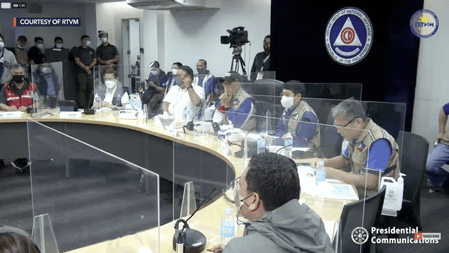
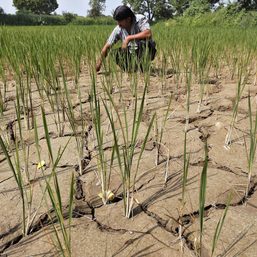

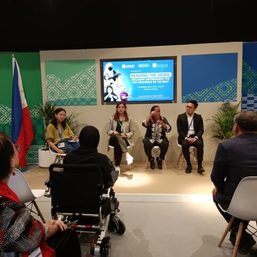
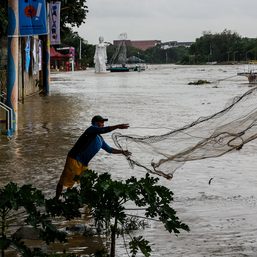
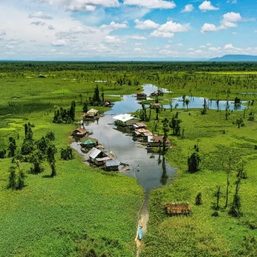
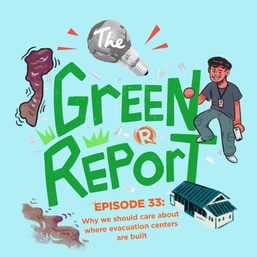
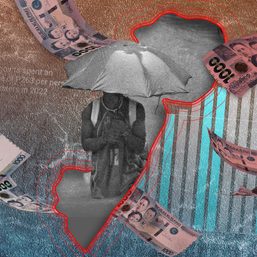
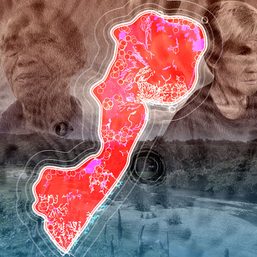

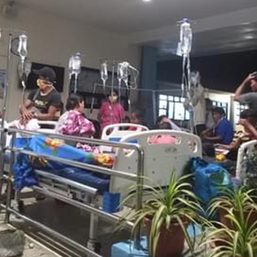
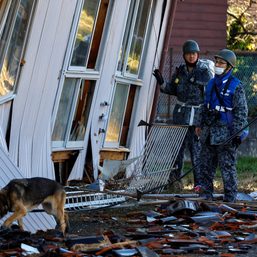
![[ANALYSIS] Lessons in resilience from Japan’s New Year’s Day earthquake](https://www.rappler.com/tachyon/2024/01/TL-japan-earthquake-warning-system-jan-3-2024.jpg?resize=257%2C257&crop_strategy=attention)
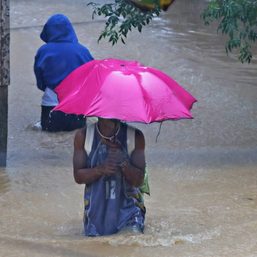

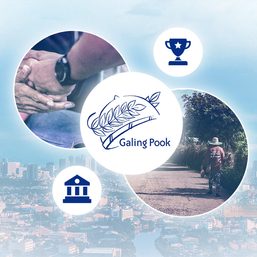

![[Newsstand] The Marcoses’ three-body problem](https://www.rappler.com/tachyon/2024/04/tl-marcoses-3-body-problem.jpg?resize=257%2C257&crop=451px%2C0px%2C1080px%2C1080px)
![[Edgewise] Preface to ‘A Fortunate Country,’ a social idealist novel](https://www.rappler.com/tachyon/2024/02/a-fortunate-country-february-8-2024.jpg?resize=257%2C257&crop_strategy=attention)
![[New School] When barangays lose their purpose](https://www.rappler.com/tachyon/2024/02/new-school-barangay.jpg?resize=257%2C257&crop=414px%2C0px%2C1080px%2C1080px)
There are no comments yet. Add your comment to start the conversation.